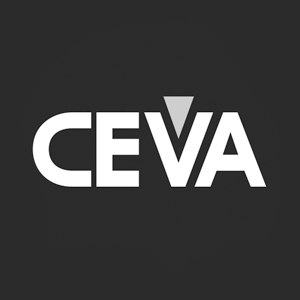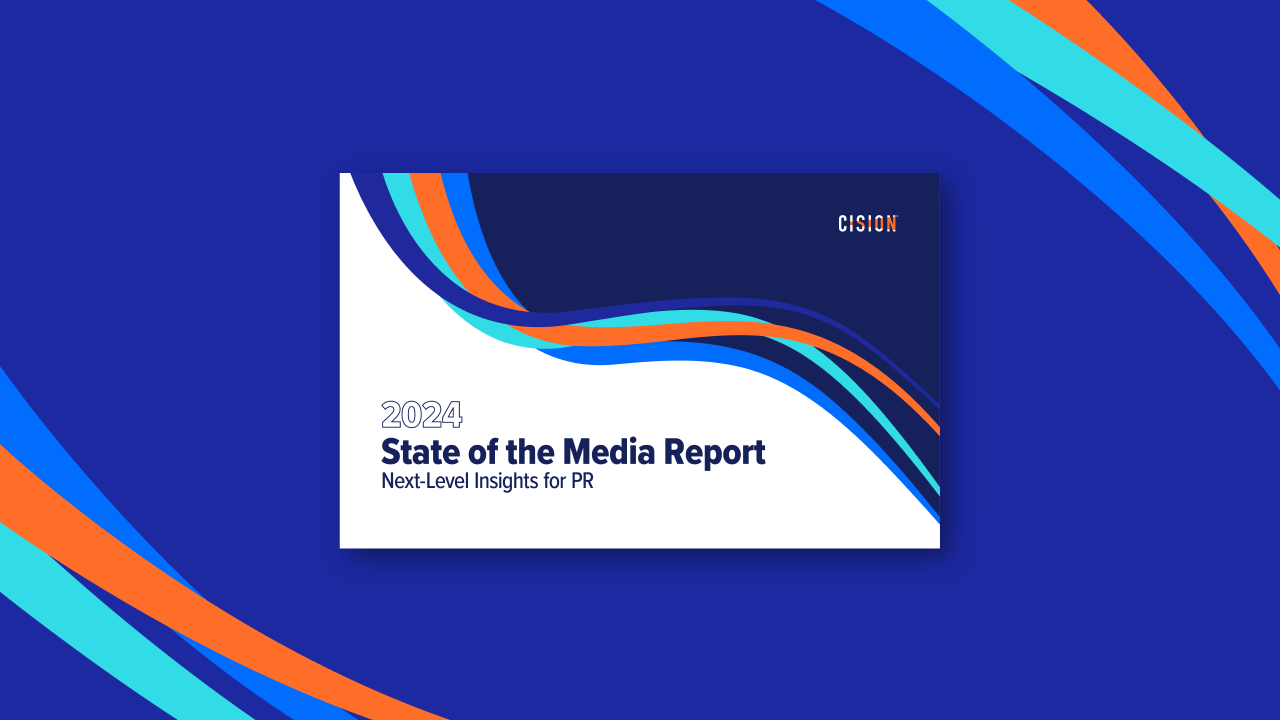

Combine IR and PR into a single, streamlined workflow
Save time, reduce risk and maximize visibility of your material news.
Cision offers a uniquely integrated set of tools and services to manage the entire earnings workflow. We support investor relations officers with disclosure and filings, IR and ESG websites, and online investor events to announce results. Cision IR tools help you streamline your IR workflows, minimize your risk of non-compliance, maximize the efficacy of your communications and cultivate investor and shareholder confidence in your organization and your financial story.
Schedule a DemoDepend on best-in-class reliability and security

Get your financial news to more analysts, investors and stakeholders
And to the media outlets that matter to your business.
- Leverage our relationship with Irwin - a leader in investor relations and capital markets solutions - to target your news to carefully curated lists of 400,000+ analysts and portfolio managers from thousands of financial institutions covering 13 industries worldwide—without a separate costly outlay for investor targeting.
- Publish your news to 4,000+ financial, news and research websites—including Yahoo! Finance, Benzinga and Insider—via Cision’s comprehensive full disclosure networks.
- Email your news to the direct inboxes of thousands of journalists in Cision’s opt-in PR Newswire for Journalists community—and secure valuable earned media coverage for your brand.
- Receive a complimentary Visibility Report with every press release distribution, to help you measure and understand the reach of your story.

Save time and effort
Reduce the risk of costly inconsistencies and filing errors
- Make changes once and they ripple through all outputs (news release distribution, website posting, investor alerts), to minimize inconsistencies that can lead to penalties or unfavorable analyst reviews, or impact your stock value.
- Utilize single-click compliant filing with EDGAR (for SEC filings) through our partner Donnelly Financial Solutions (DFIN). Cision solutions for SEDAR (for CSA filings) can also easily be part of the workflow.
- Count on 24/7 support—including full editorial review of your earnings release—from Cision’s PR and content experts, who manage over 8,000 earnings releases and 40,000 IR releases per year. We work with clients to ensure their release is exactly as intended—last year alone we caught over 22,000 errors in client copy before the release was distributed.


Easily deploy, update and maintain an engaging IR website
A Cision IR Website provides you a secure, fully hosted, customized IR website that seamlessly aligns with your company’s digital brand guidelines.
You have complete control over your news story and content, and all the tools you need to provide media, analysts, shareholders and potential investors the information and transparency they expect.
- Automatically and instantly post press releases and content issued through your secure Cision account to your IR website.
- Include compelling, engaging content, such as Cision's interactive stock tools and charts, financial statements, corporate governance content, earnings calls, webcasts, events and presentations.
- Offer email alerts for investors.
- Track every visitor—get detailed data on everything from visitors' companies and industries to the search terms they used to find your site, page views and more.
Cision provides IR websites for over 500 clients, supporting them through ongoing updates, design revisions, and new additions.
Easily deploy, update and maintain an engaging IR website
A Cision IR Website provides you a secure, fully hosted, customized IR website that seamlessly aligns with your company’s digital brand guidelines. You have complete control over your news story and content, and all the tools you need to provide media, analysts, shareholders and potential investors the information and transparency they expect.
Automatically and instantly post press releases and content issued through your secure Cision account to your IR website.
Include compelling, engaging content, such as Cision's interactive stock tools and charts, financial statements, corporate governance content, earnings calls, webcasts, events and presentations.
Offer email alerts for investors.
Track every visitor—get detailed data on everything from visitors' companies and industries to the search terms they used to find your site, page views and more.
Cision provides IR websites for over 500 clients, supporting them through ongoing updates, design revisions, and new additions.

Clarify and amplify your ESG story
Portfolio managers, analysts and investors are placing increased emphasis on Environmental, Social and Governance (ESG) initiatives.
Cision can add a managed ESG section to your IR website that demonstrates your company’s commitment to a long-term ESG strategy, and transparently communicate your ESG news and efforts.
- Provide a dedicated, comprehensive resource for your ESG news and highlights, annual reports, and other ESG-related content—and tell an integrated story about your commitment to ESG initiatives.
- Automatically and instantly post every ESG-specific PR Newswire press release to the microsite.
- Work with our web design team to create a branded ESG experience with the look and feel of your existing website.
Global CPG company saw a 172% increase in unique page views and the time on pager per visit was 148% higher than the industry benchmark after launching an ESG site.

Produce professional, stress-free webcasts & calls
Cision's experienced, award-winning team of webcast producers will help you host web casts, earnings conference calls and events that showcase your leadership, enhance your credibility, and fit seamlessly into your shareholder communication workflow.
- Audio webcasts: Connect to a global audience via a branded media player that supports Q&A chat with speakers and much more.
- Video webcasts: Stream live video from any venue, from a conference room to a concert hall.
- Teleconferencing: Host a live teleconference using our web-based, operator-assisted control room, or run a pre-recorded presentation followed by live Q&A. Cision offers a broad set of conference call services that are closely integrated with our webcasting services. Our conferencing solution provides you with the ease and convenience of a single point of accountability to schedule and manage your events.
Cision has the tested experience and platform supporting over 3,000 IR events each year. Every event includes two national releases, mobile streaming, transcripts, follow-up performance reporting, archiving and much more.

UNDERSTAND. INFLUENCE. AMPLIFY
Utilizing Cision's integrated suite of investor relations communications tools saves time, reduces risk, and increases the visibility of your material news. Go beyond disclosure requirements to increase the impact and effectiveness of your IR team.









